Are you interested in growing your own strawberries indoors during the winter or cooler months of the year? (Maybe even in the hot summer months, depending on where you live?)
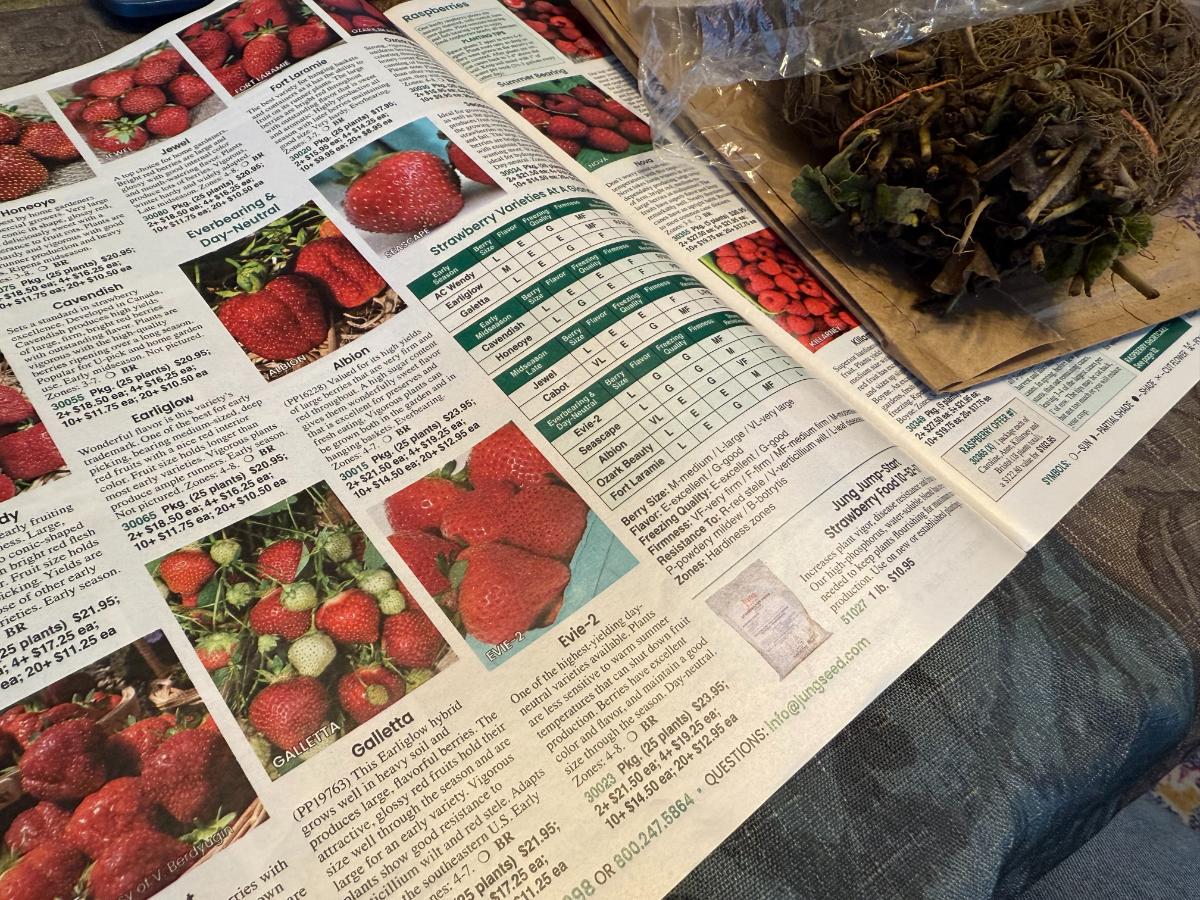
Here’s some help to find strawberry plants to grow at any time of the year.
Jump to:
- A Few Good Reasons to Grow Strawberries Indoors
- How to Shop and Buy Strawberries for Indoor Growing
- 1. Buy a day-neutral strawberry variety
- 2. Everbearing types are a good backup
- 3. Buy bare root plants if you can
- 4. Started plants are an even faster option and are a good idea, too
- 5. Pay attention to shipping times
- 6. Shop online sellers
- 6+. Shop hydroponic grower supplies
- Can you grow indoor strawberries from seed?
A Few Good Reasons to Grow Strawberries Indoors
There are a number of good reasons why you should grow strawberries indoors.
- Strawberries are easy to grow inside with a low-cost light setup (or in abundant natural sunlight in a sunroom or greenhouse)
- There are varieties of strawberries that produce continuously under steady indoor conditions
- You’ll have a steady supply of fresh strawberries for fresh eating
- Your strawberries will not have to travel an average of 1900+ miles to get to you in the off-season
- You can control the growing method and type of growing so you can grow organically for less
- Indoor strawberries don’t have much issue with pests or diseases, and the birds can’t eat them on you!
- Commercially grown strawberries are one of the “dirtiest” types of produce, so growing your own is much healthier and more environmentally friendly!
How to Shop and Buy Strawberries for Indoor Growing
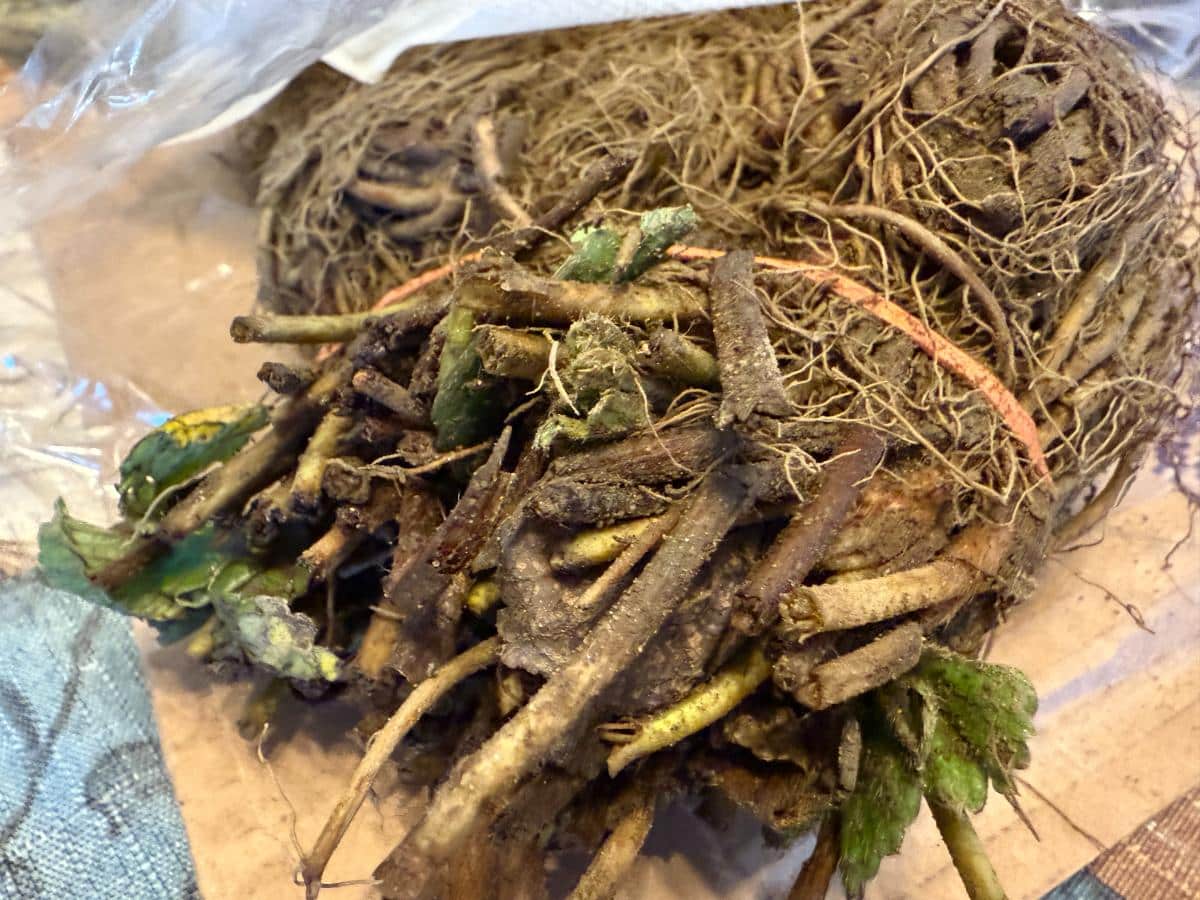
You know the “why,” but here’s a bit on the “how.” Or at least how to buy strawberries to grow inside. Because sourcing strawberries to grow out of season is a little trickier than ordering plants when the season (and sellers) are flush with in-season transplants.
To help you along, we’ve compiled this list of buying tips. We’ve targeted the things that cause the biggest issues for people who are trying to grow strawberries indoors — especially smaller growers growing in an in-home setup.
1. Buy a day-neutral strawberry variety
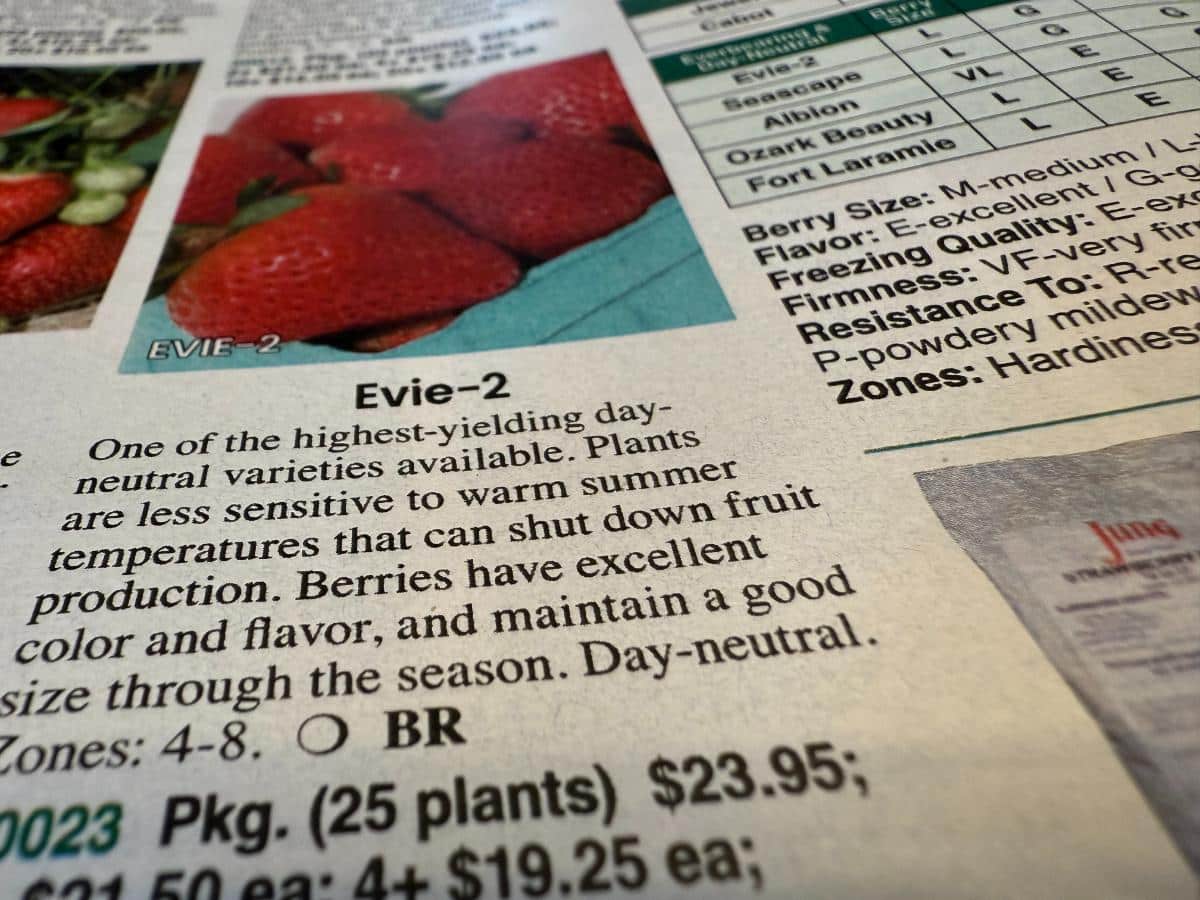
When shopping for varieties of strawberry plants to grow inside, shop for a day-neutral variety.
Day-neutral strawberries do not respond or react to daylight the way that June-bearing plants do. In short, this means that they are capable of producing fruit continuously for six months or more, as long as they have the right care and conditions to grow in (and that’s not too hard to achieve, either).
Provide six to eight hours of good light, water, and feed, and wait for your berries to grow. The only thing that stops day-neutral strawberries from bearing fruit is freezing cold temperatures and high heat over 85℉. Not likely conditions the berries will see in your home!
2. Everbearing types are a good backup
Day-neutral strawberry varieties are improved varieties of everbearing strawberry plants. The difference is that day neutrals produce more steadily and don’t drop off or stop in between production flushes; but some types of everbearing varieties will.
For indoor growing, you’ll want to maximize production per plant, and continuous production is the way to do that. So, day-neutrals should be your first option. But if you can’t find any available to you, everbearing plants are a good second choice.
3. Buy bare root plants if you can
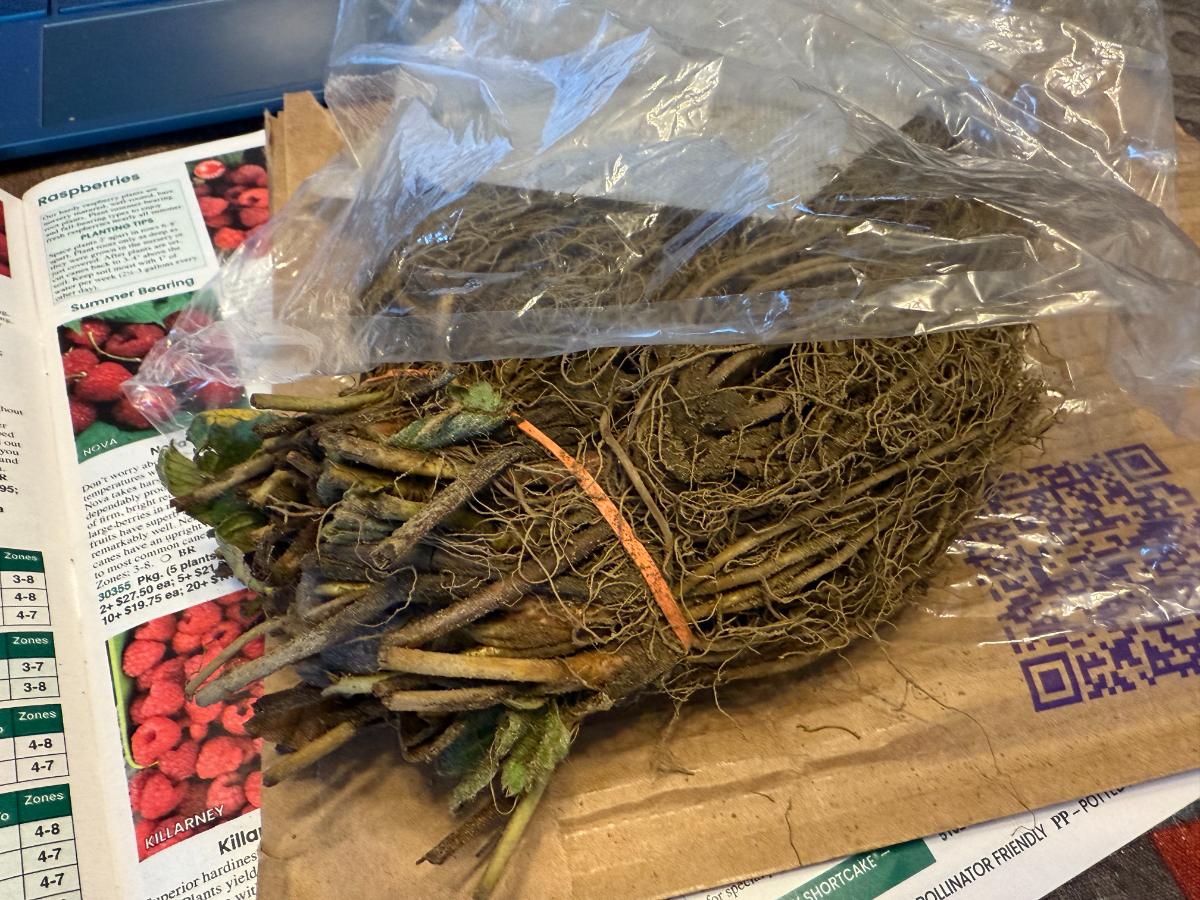
Bare root plants are generally the best way to buy strawberry plants. They are the cheapest, have low shipping costs, and are the most available overall because that is how most producers sell the most plants.
The only snag you might find for indoor growing is that bare-root plants are less available during the off-growing seasons. While it’s pretty easy to find almost any variety and type of strawberries in a bare root plant for the spring planting season, other times of year will be more limited in availability (but not impossible).
More and more growers are planting strawberry plants in the fall, and so more suppliers are selling bare-root plants for fall shipping.
Bare roots are mostly dormant plants, but they respond quickly and start growing within days of planting once they are in the soil.
Once planted, you should be able to pick fresh strawberries within about one and a half to two months.
4. Started plants are an even faster option and are a good idea, too
Transplants or plants that are started and come in soil are a good way to go, too, and they should be the fastest path to berry production.
The only reason(s) bare roots are recommended first is that they are generally more widely available, especially in off-season times of the growing year, and they are much cheaper. It is cheap to ship bare-root strawberry plants because even a sizable bundle doesn’t take up much space! Bare roots also tend to experience less damage than potted plants in shipping.
However, if you can access potted plants and the price isn’t too high, they are certainly worth buying. Just don’t be too upset if you can’t and if you find that bare-root plants are your only option. Healthy bare roots will respond very quickly and catch up in short order.
5. Pay attention to shipping times
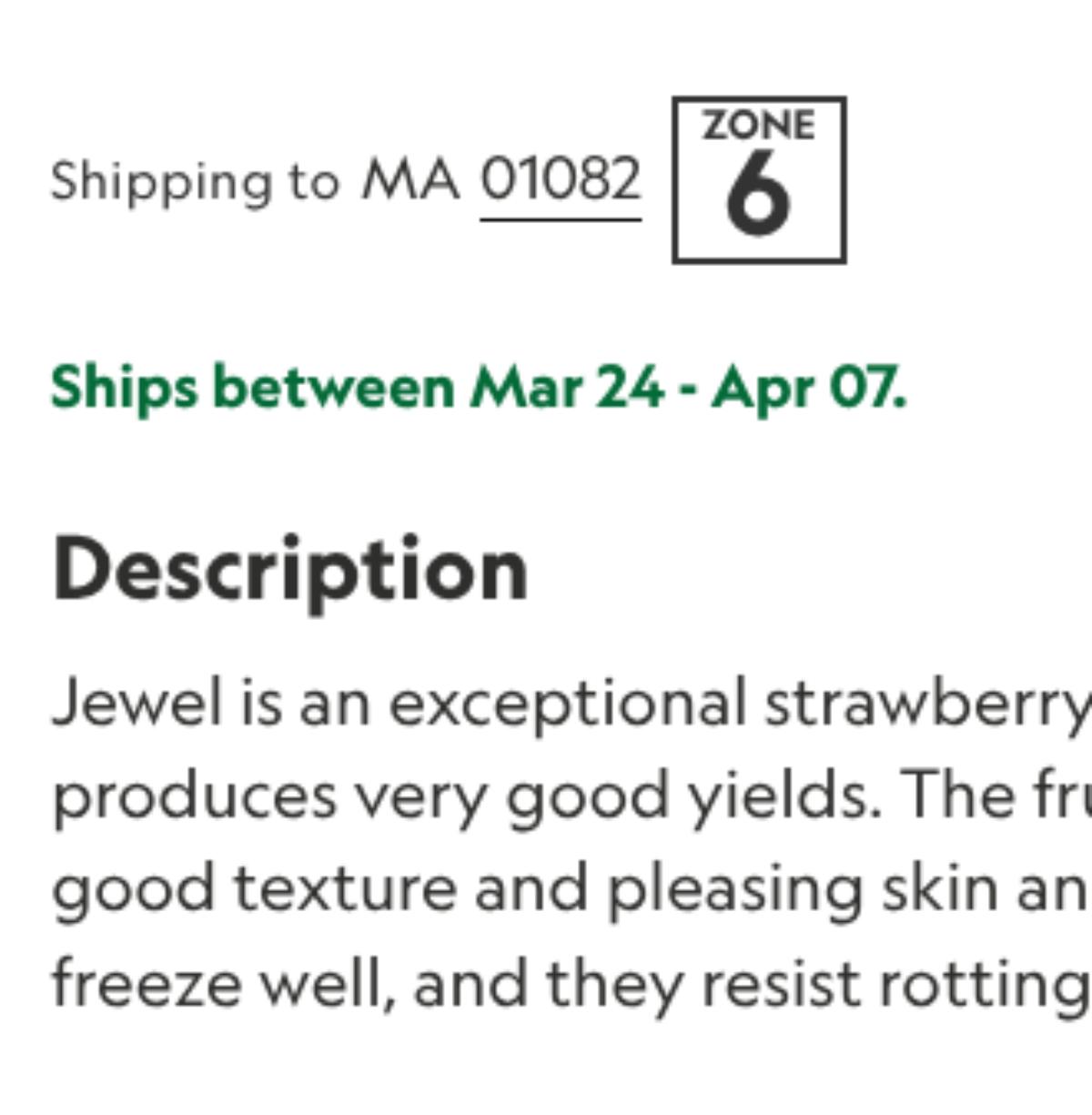
When you order strawberry plants — whether bare roots or potted plants (or even for seeds), pay special attention to the shipping dates.
Often, plant companies will accept orders for plants long before they are planning to ship them. Many will take orders with the intention of shipping the plants or bare roots at what they see as the correct planting time for your area. They are assuming you mean planting in the ground, which is usually spring planting and sometimes fall.
This is fine for outdoor beds, but if your intention is to grow the strawberries inside, you want to get your plants right away — as quickly as possible so you can get growing. For that, you’ll want to double-check and make sure that the company will ship the plants right out.
Read product descriptions and look for the shipping date to make sure it aligns with your plans.
6. Shop online sellers
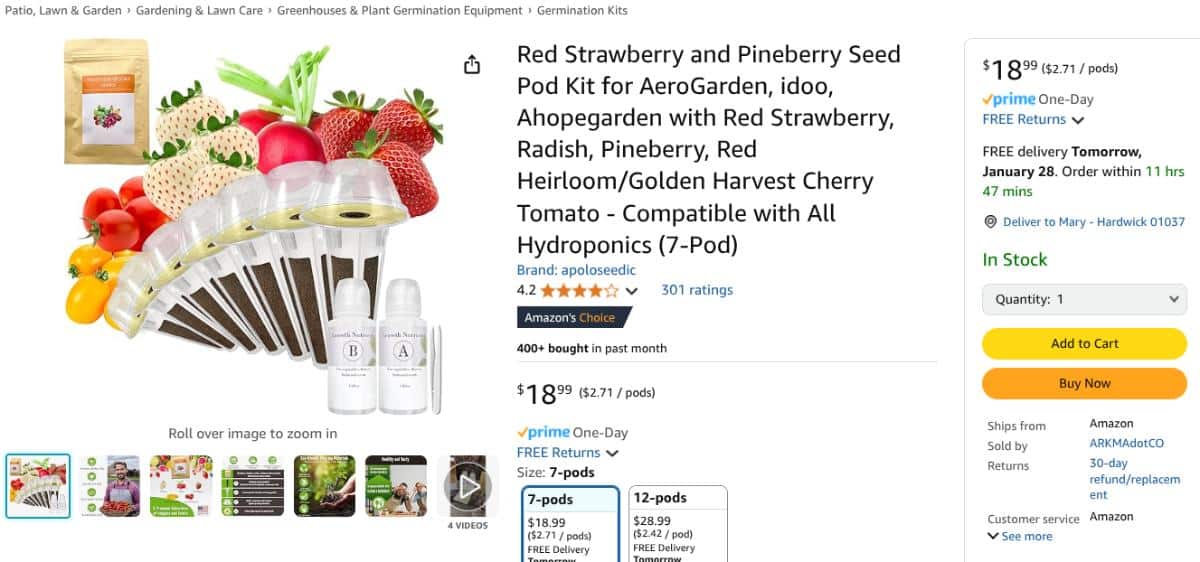
Although verified plant and seed companies are usually the best place to shop for seeds and plants (of any type), online vendors like Amazon are often better for buying plants for indoor growing.
The reason?
They’re not as tied to that idea of shipping plants when they think it’s right for your zip code.
A lot of online sellers are shipping plants as and when they are ordered. Many of these also sell indoor garden setups and supplies, and they sell the seeds and plants that go with them, too.
So, if you’re having a hard time finding strawberry plants to grow inside at an uncommon time of year, give something like Amazon a try.
A lot of reputable plant companies have stores on Amazon as well as their own websites, too!
6+. Shop hydroponic grower supplies
Another good place to shop for indoor strawberry plants is through hydroponic grower suppliers. They are obviously geared for protected indoor growing and season extension. So they are more in tune with supplying growers throughout the year. No matter your growing “season”.
Note that you don’t have to grow your strawberry plants indoors hydroponically if that’s not what you want to do. There’s no real difference in the seeds and plants that are grown in a hydroponic system. The difference is in the system and method itself. But the same plants can very well be potted up and grown in soil. The old-fashioned way!
Can you grow indoor strawberries from seed?
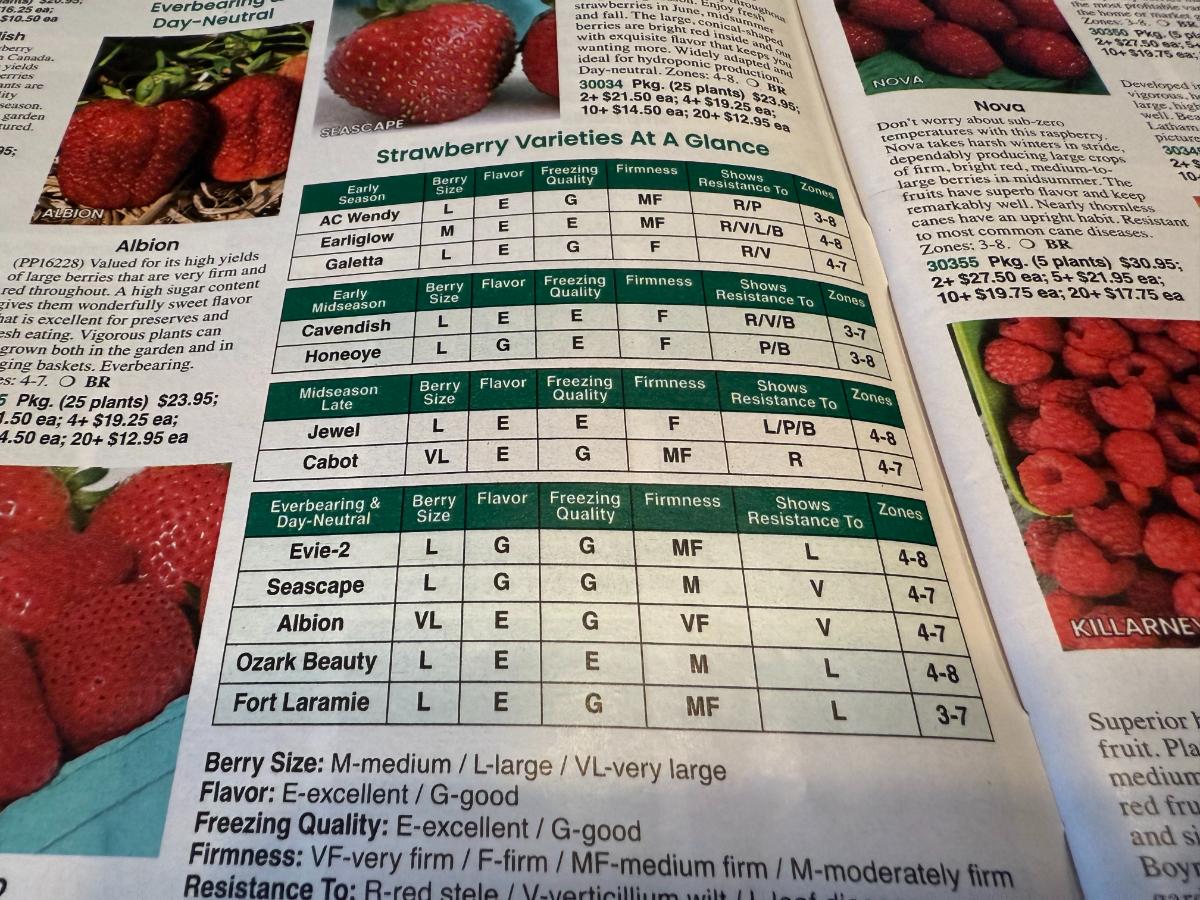
The short answer?
Yes. You can grow strawberries indoors and start them from seeds.
The more accurate answer?
It will take significantly longer to get your indoor berries to produce fruit if you start them from seed.
- It takes around a month to get small strawberry plants from seed, but those are not yet of a productive size
- Some sources say indoor strawberries started from seed may produce fruit in as little as three months
- Some strawberry varieties may take as much as five or six months to bear fruit
The one advantage of starting strawberries from seed is that you can get strawberry seeds through more of the “off-season” times of the year. However, the type and variety will be more limited because most strawberry plants are actually hybrids grown from bare roots.
The more common types of strawberry seeds that you can buy are alpine varieties. These are small but productive types of berries but are closer to wild varieties than the large strawberries most of us are aiming for.
It is not advised to simply save and replant seeds from the actual berries because of the fact that they are hybrids. That means the results would be unreliable, and after the months it takes to get your plants to production age, you won’t want to find out you’ve wasted your time on something that is all plant and no fruit or something that has lost its day-neutral and continuous production capabilities because it reverted to old-line parent plant genetics.
If you decide to start your indoor strawberries from seed (or if you need to for availability’s sake), pay attention to seed descriptions and days to harvest, and only buy from a reputable seller so that you know the seed is capable of producing the plants you’re planning for.



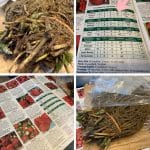

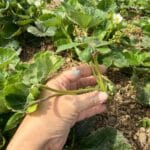
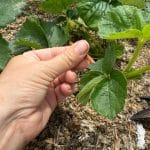

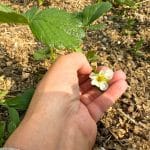
Sue G. says
Do indoor DN plants need chill hours/dormancy at some point? Want to try this, Thanks!
Mary Ward says
They shouldn’t, but if you see them decline you could give that a try.